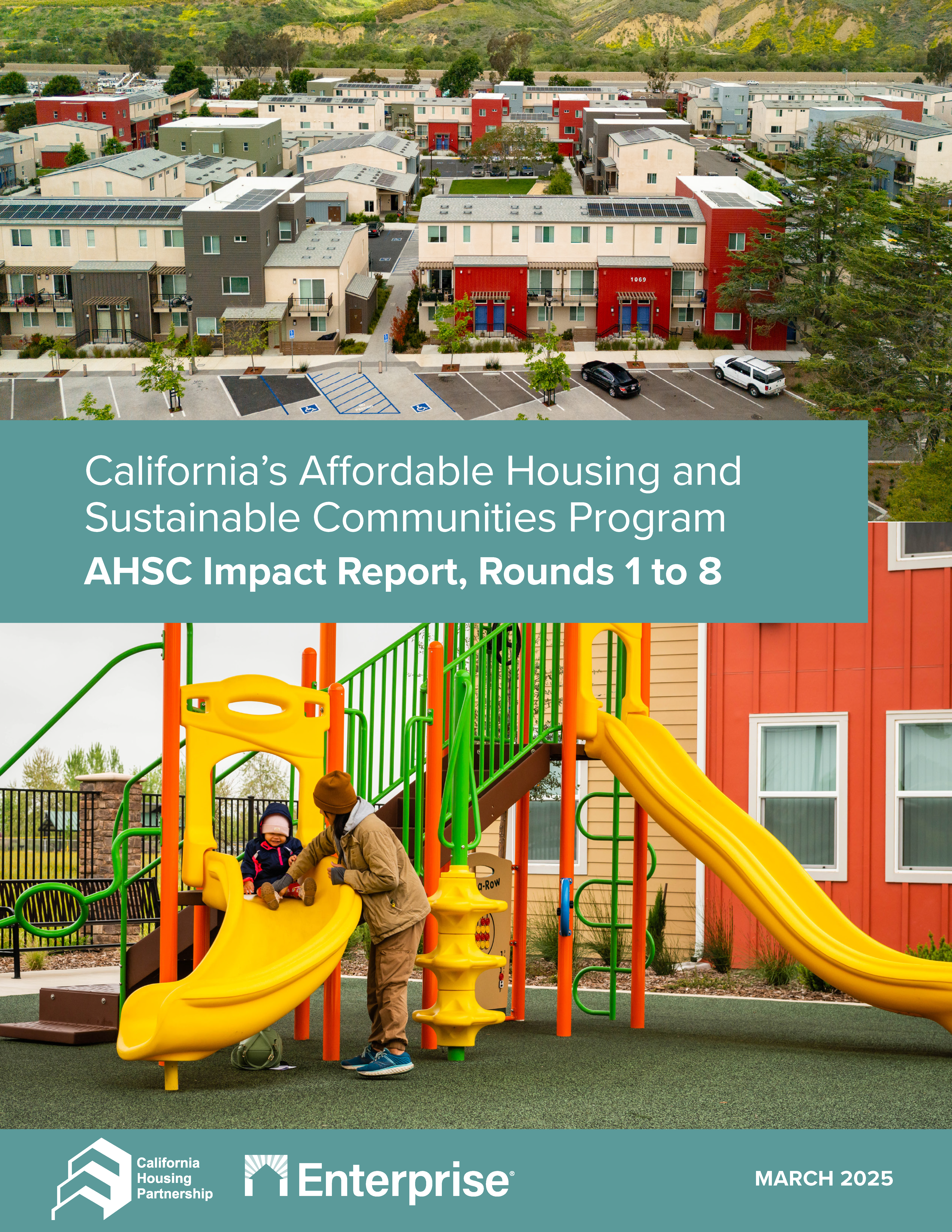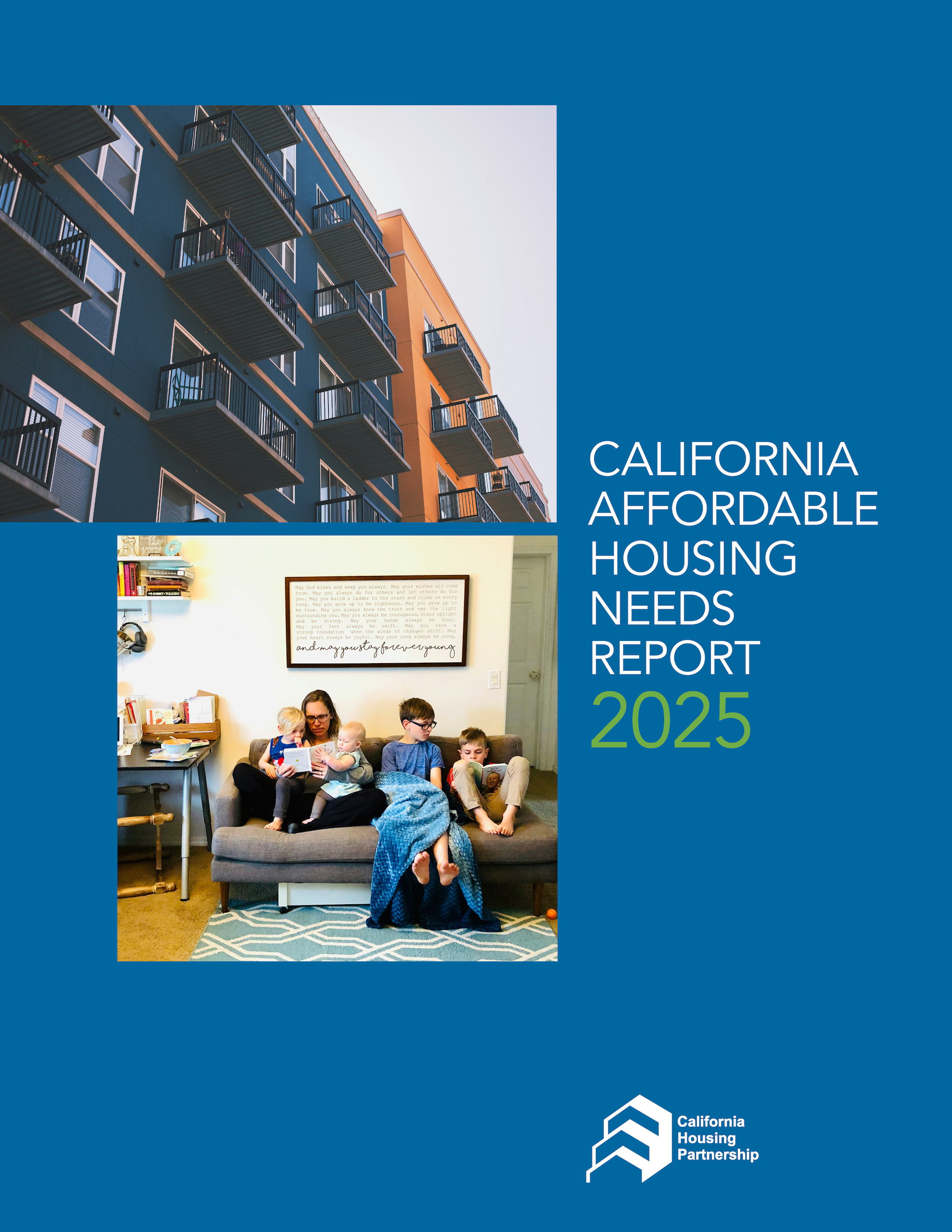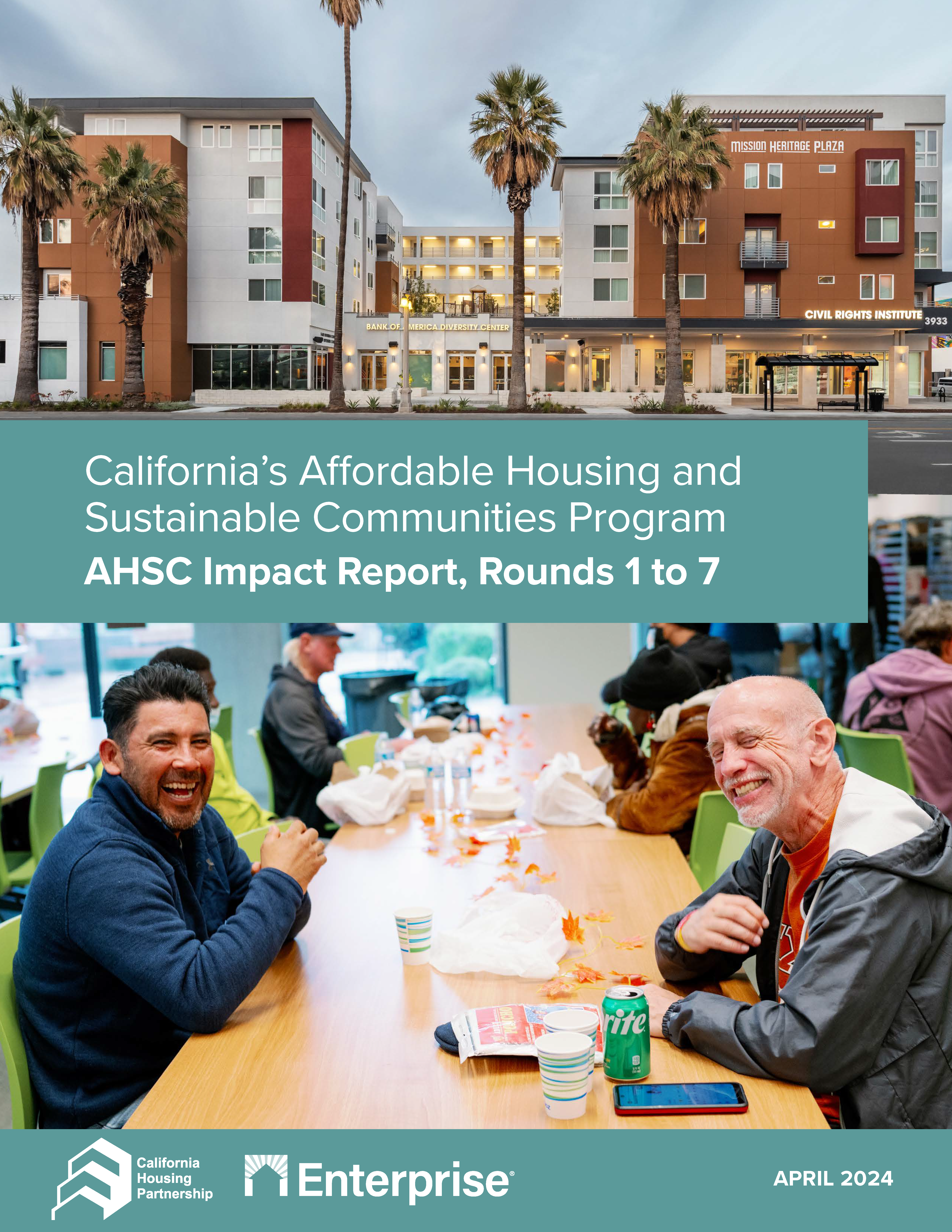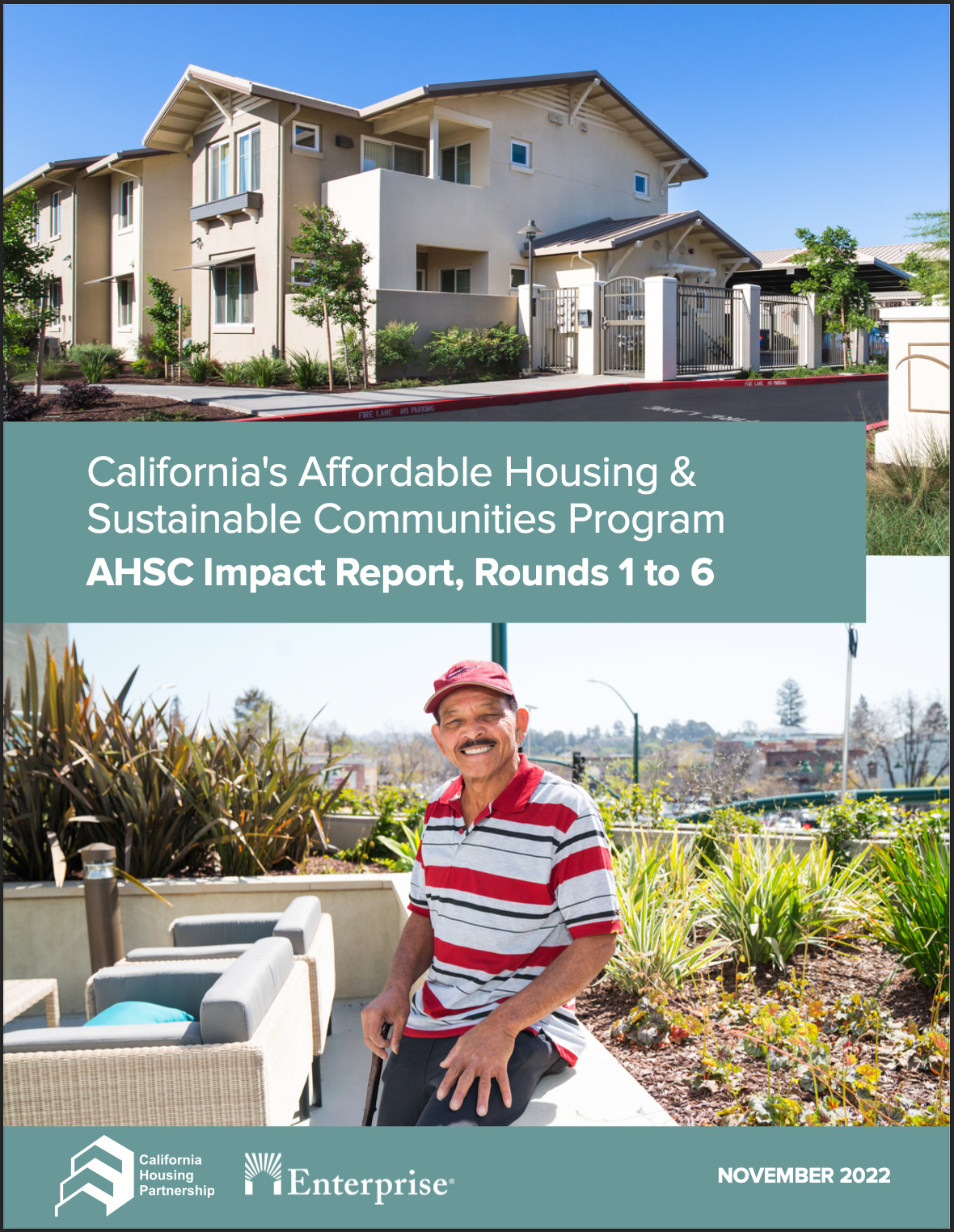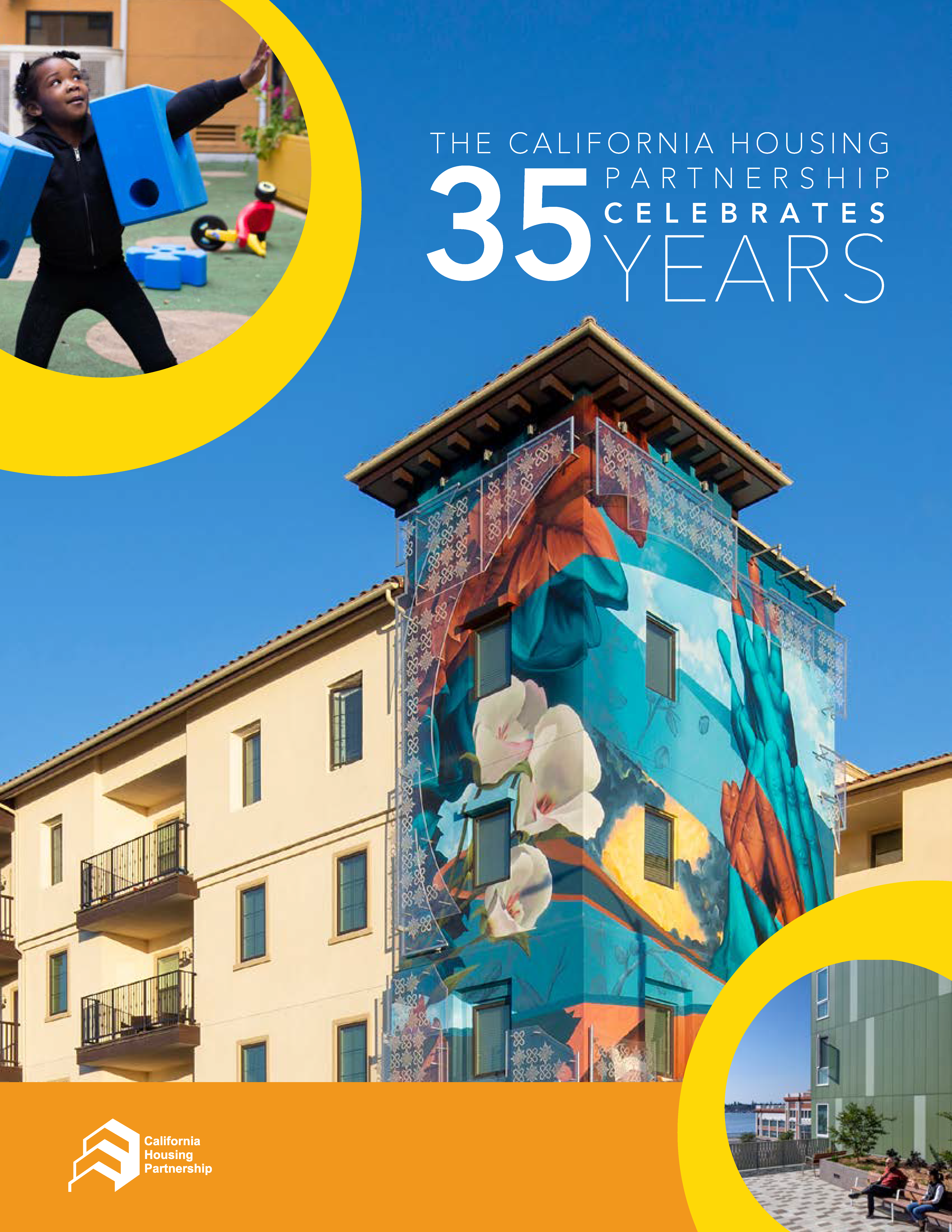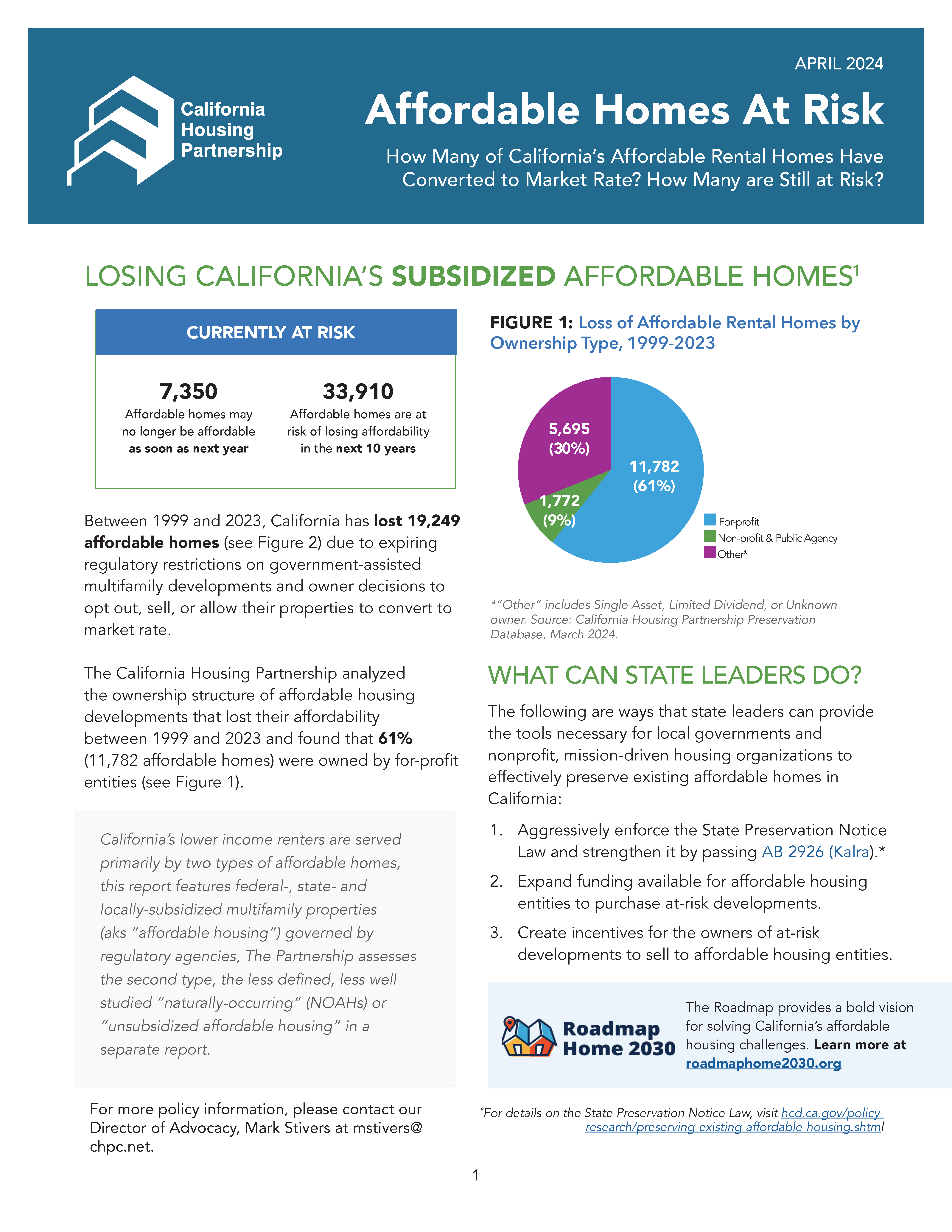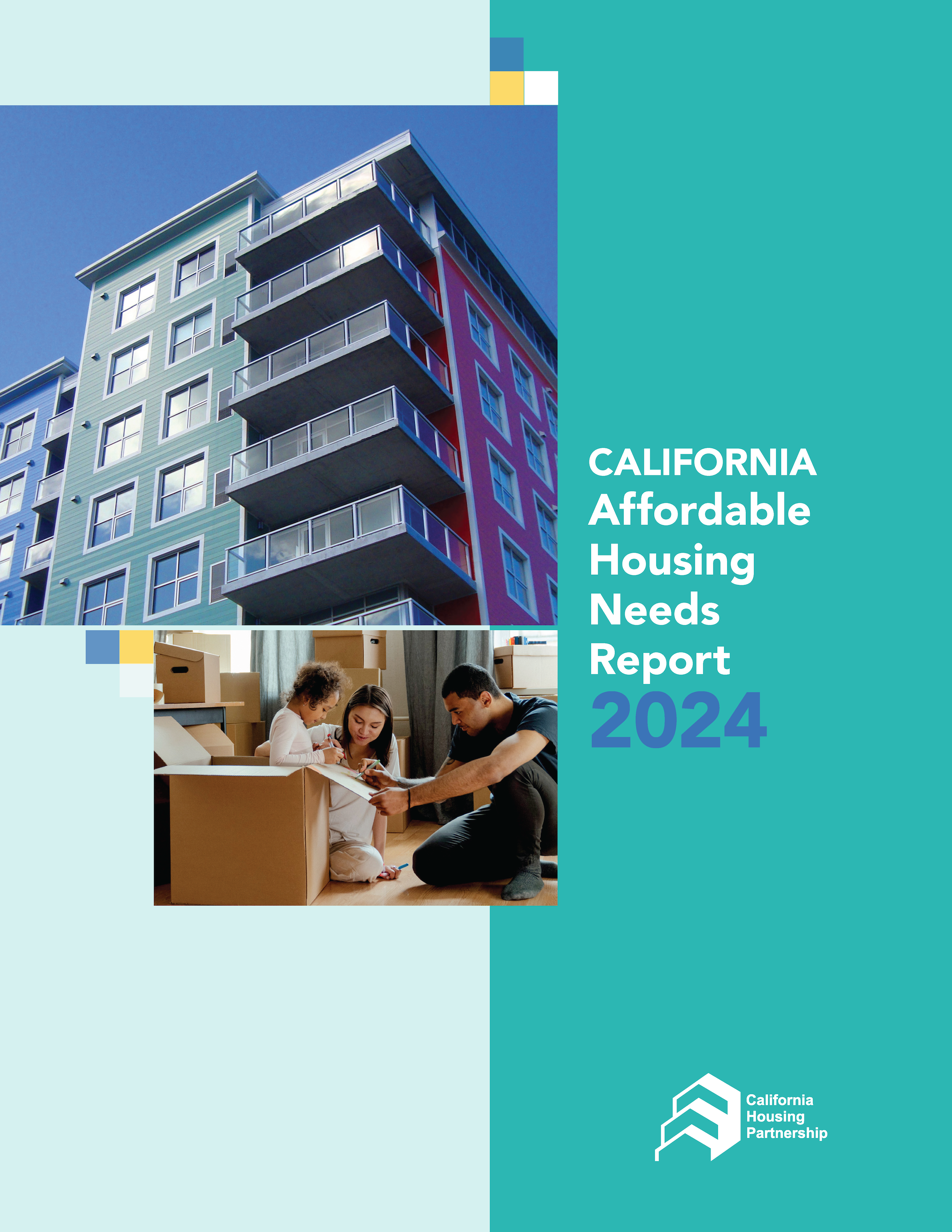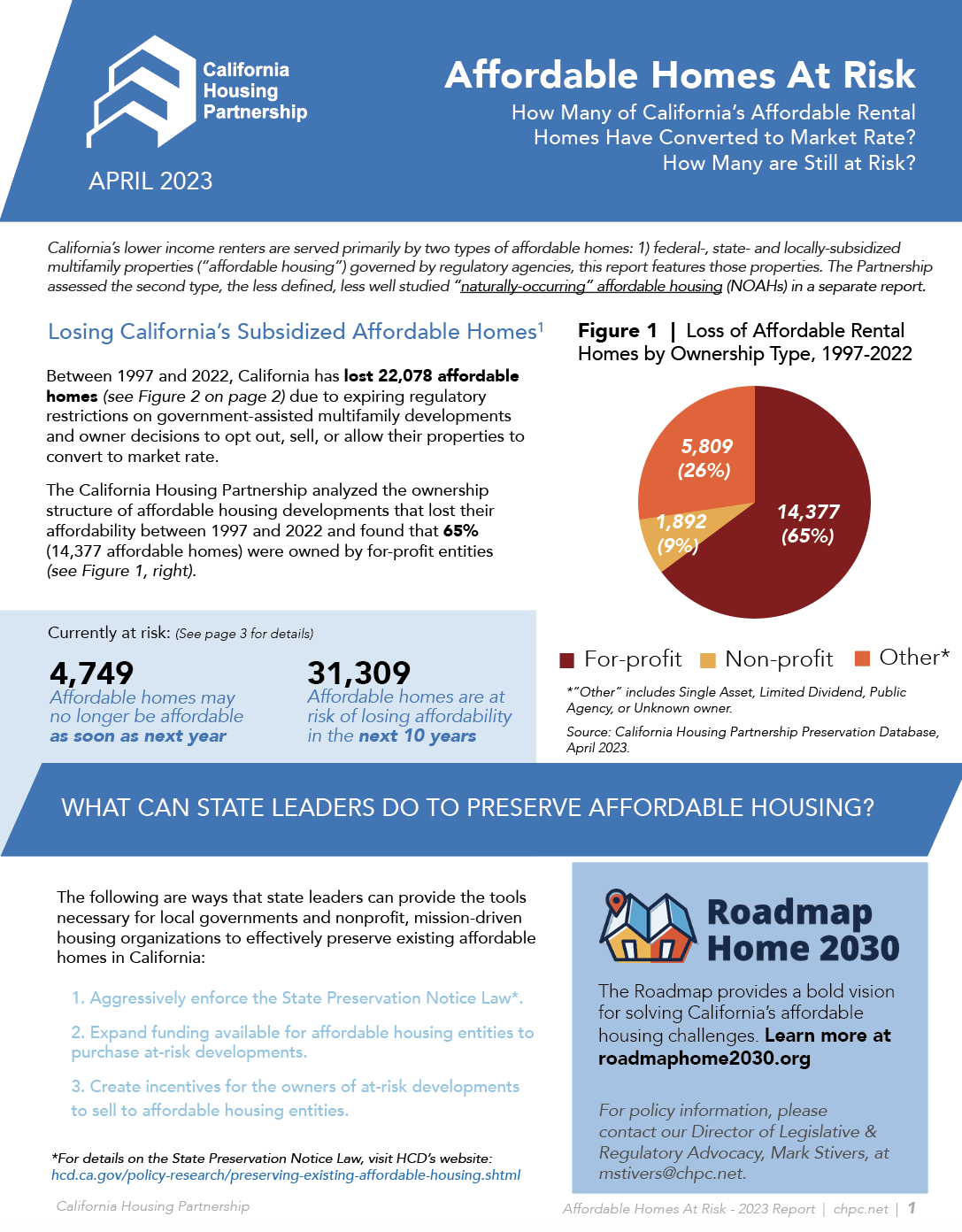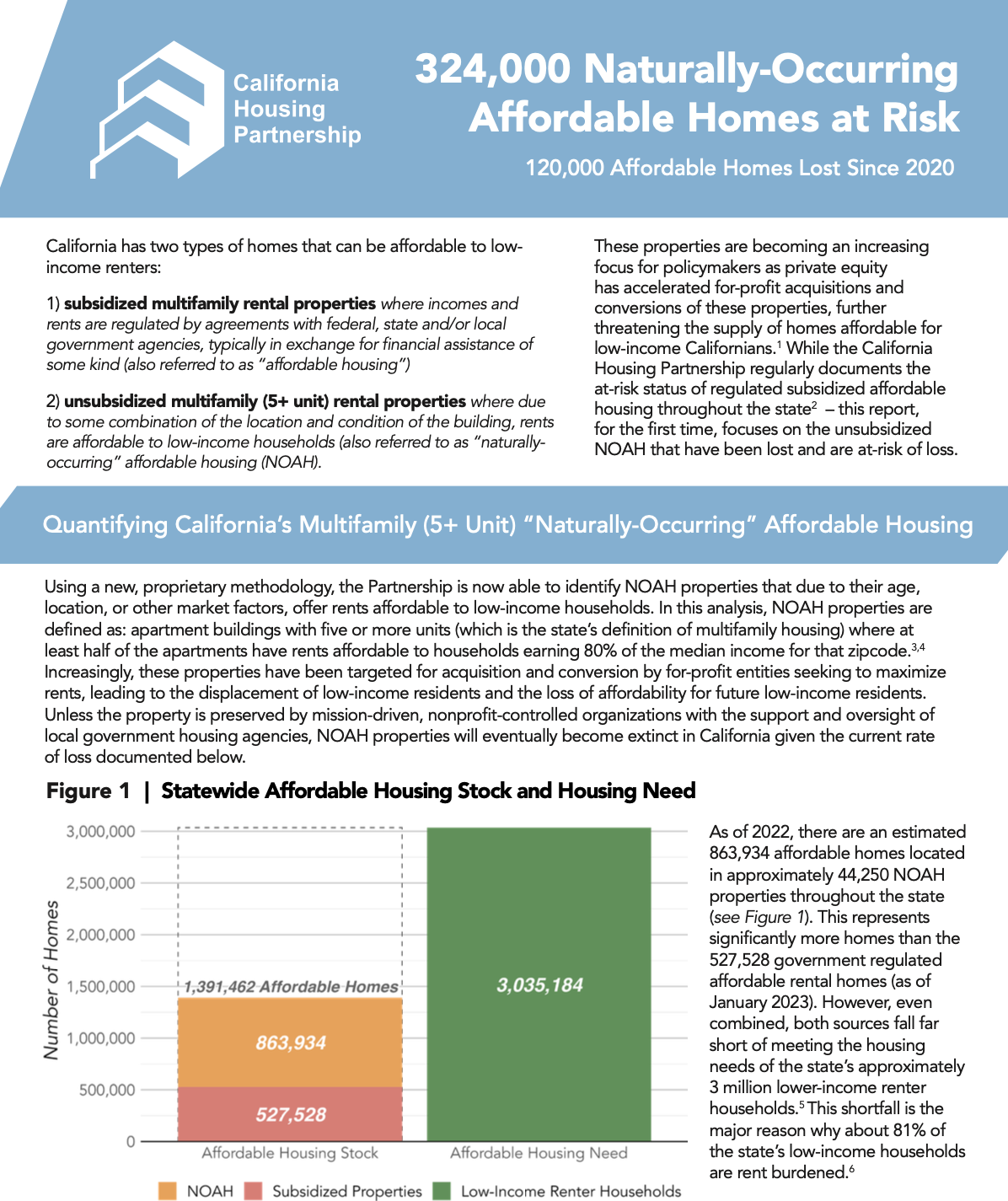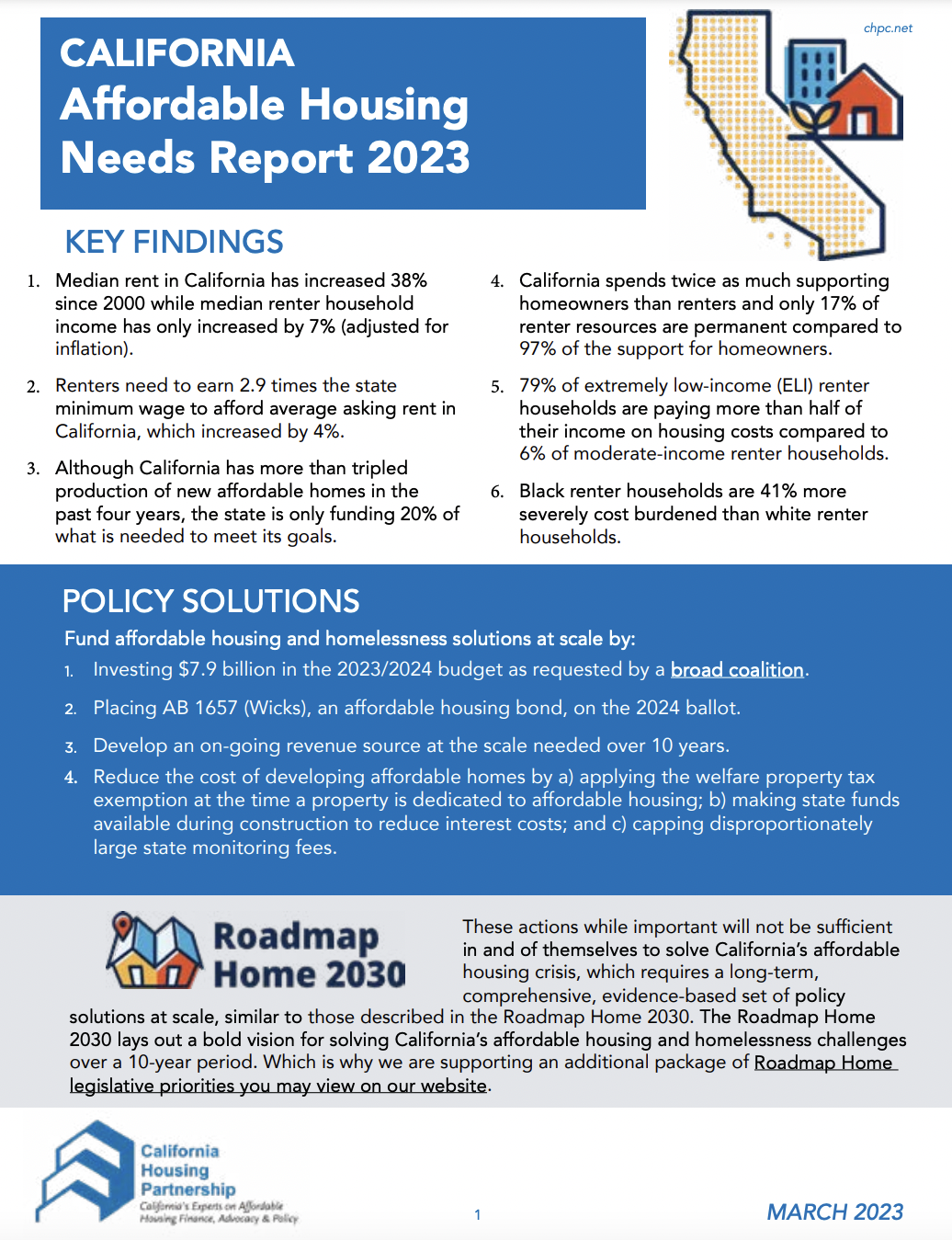California’s Affordable Housing and Sustainable Communities (AHSC) Program Impact Report: Rounds 1 – 8
The California Housing Partnership (the Partnership) has released a new policy brief co-authored with Enterprise Community Partners documenting the substantial community and economic benefits made possible by the Affordable Housing and Sustainable Communities (AHSC) program. According to the report, the AHSC program has already brought about 20,361 new affordable homes and reduced 5.7 million metric Read More
California Affordable Housing Needs Report 2025
The California Housing Partnership annually assesses the needs of California’s low-income renters for the purpose of informing state and local policy leaders. Key findings from this year’s California Affordable Housing Needs Report: Although California has more than doubled production of new affordable homes in the past five years, the State is Read More
California’s Affordable Housing and Sustainable Communities (AHSC) Program Impact Report: Rounds 1 – 7
The California Housing Partnership (the Partnership) has released a new policy brief co-authored with Enterprise Community Partners documenting the substantial community and economic benefits made possible by the Affordable Housing and Sustainable Communities (AHSC) program. According to the report, the AHSC program has already brought about 17,878 new affordable homes and reduced 5.2 million metric Read More
California’s Affordable Housing and Sustainable Communities (AHSC) Program: Six Years of Investments | Impact Report: Rounds 1 – 6
The California Housing Partnership (the Partnership) has released a new policy brief co-authored with Enterprise Community Partners documenting the substantial community and economic benefits made possible by the Affordable Housing and Sustainable Communities (AHSC) program. According to the report, the AHSC program has already brought about 15,324 new affordable homes and reduced 4.4 million metric Read More
35th Anniversary Report
This report highlights work the organization has accomplished alongside its partners over the last 35 years with particular focus on progress made in the last five.
Affordable Homes At-Risk | 2024 Report
California’s affordable housing crisis will only worsen if nothing more is done to protect the thousands of subsidized affordable rental homes at risk of market rate conversion. According to the Affordable Homes At Risk | 2024 Report released April 5 by the California Housing Partnership: 19,249 subsidized affordable rental homes have Read More
California Affordable Housing Needs Report 2024
The California Housing Partnership annually assesses the needs of California’s low-income renters for the purpose of informing state and local policy leaders. Key findings from this year’s California Affordable Housing Needs Report: Although California has more than doubled production of new affordable homes in the past five years, the State is Read More
2023 Subsidized Affordable Housing At Risk Report
California’s affordable housing crisis will only worsen if nothing more is done to protect the thousands of subsidized affordable rental homes at risk of market rate conversion. According to the Affordable Homes At Risk | 2023 Report released April 20 by the California Housing Partnership: 22,078 subsidized affordable rental homes have already been Read More
California Naturally-Occurring Affordable Homes At Risk Report 2023
Using a new, proprietary methodology, the California Housing Partnership is now able to identify unsubsidized naturally-occurring affordable housing (NOAH) properties that due to their age, location and other market factors, offer rents affordable to low-income households. This is the first statewide assessment of At-Risk NOAH that has been done to Read More
California Housing Needs Report 2023
The California Housing Partnership annually assesses the needs of California’s low-income renters for the purpose of informing state and local policy leaders. Key findings from this year’s California Affordable Housing Needs Report: California spends twice as much supporting homeowners than renters and only 17% of renter resources are permanent compared to Read More

